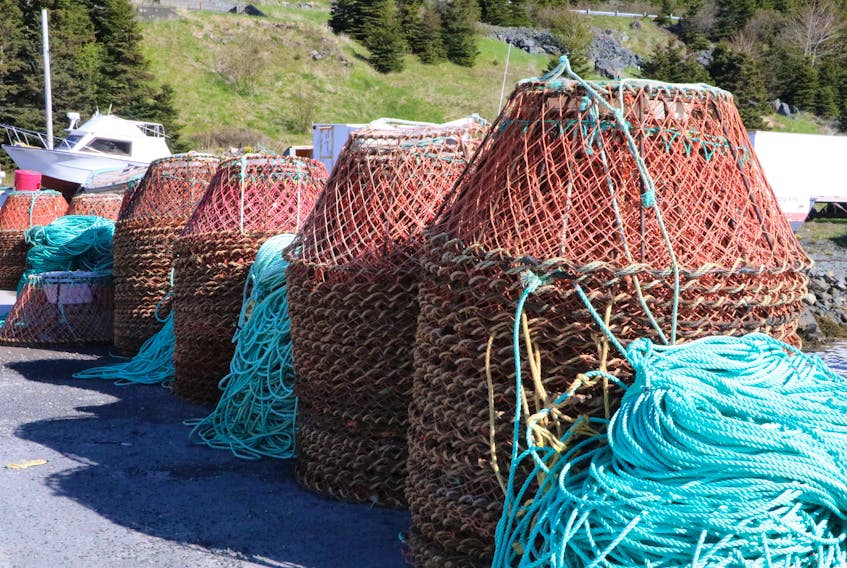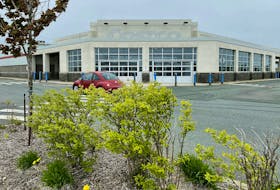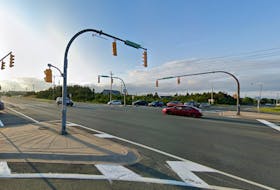Nancy Bowers couldn’t help but breathe a sigh of relief when news came down that her crab quota would remain unchanged this year.
With her husband, Bowers works the waters of 3C, along the northeast coast. It is one of five fishing areas within division 3K, which runs from southern Labrador to Bonavista Bay.
They have two and a half licences to fish, 5,930 pounds each.

Along with cod and lobster catches, Bowers said the couple has been able to make a living for themselves in Beachside, Notre Dame Bay, instead of having to move away.
They were even looking at adding an extra hand to the inshore fishery this year. Then word broke last month that 3K harvesters could face upwards of a 30-per-cent cut.
“We were looking to hire our nephew this year. If we were going to be taking cuts, it became a question mark on whether or not we were going to be able to do that,” she said.
That steep reduction did not occur, however.
The Department of Fisheries and Oceans (DFO) announced April 3 the total allowable catch (TAC) for the Newfoundland and Labrador region for snow crab in 2019 is 26,894 tonnes – an overall quota decrease of nine per cent from 2018. The TAC in 2018 was 28,980 tonnes.
For 3K, there’s a one-per-cent drop.
Coupled with an announcement that crab prices have been set at $5.38 per pound, an increase of 48 cents over last year, Bowers said it pretty much ensures area fishermen will be able to survive another year.
And they’ll be able to take on the extra hand.
“You’ve got to be making money to survive in this industry,” she said. “You can do it out of love, but love don’t pay bills.”
Bowers feels the rallying calls of harvesters played a large part in bringing about the decision from DFO.
Last month, hundreds of 3K harvesters gathered in Grand Falls-Windsor at a meeting held by the Fish, Food and Allied Workers-Unifor (FFAW-Unifor) union to express their concern. A follow-up rally was held in St. John’s March 20.
“I think DFO got the message loud and clear that we wouldn’t be putting up with it,” she said.
Not all unscathed
While most areas of 3K remained untouched, area 3B faces a 20-per-cent cut.
Wild Cove fisherman Albert Wells said catch rates have been down in the area for some time, but the cuts are justified.

“It’s about the people coming behind us,” he said. “If we don’t take care of that stock, who’s going to take care of it.”
There is a plan in place to help mitigate the loss to the area’s 89 shareholders, he added.
He said a dozen 3B boats will be sent to fish in area 3BC, a shared area with 3C harvesters.
As a result, Wells said, the TAC – 302 tonnes – will be split between the remaining fishermen.
“A (licence) last year was 9,320 (pounds), and this year it should be around 8,650,” he said. “Roughly, it will work out to about a nine-per-cent cut to fishermen.”
It still meets 3B’s 20-per-cent TAC reduction, he said, but lessens the burden on harvesters.
Wells said a draw will be taking place to determine who will fish 3BC.
But at the end of a day, area harvesters will be operating at a loss.
With a stronger price, and other species to fish, Wells feels the reduction can be absorbed.
“Once recruitment comes on stream again, within the next couple of years we should be able to get some of it back,” he said.
Like Bowers, Wells feels the pressure applied by harvesters helped influence DFO’s decision.
“Hopefully, (DFO’s) memory is not short, because it seems to be the same, year after year,” he said.
“We spend a lot of time on the water, and what we’re seeing has got to count for something. I think they are recognizing that when it comes to the science, and they’ll keep us in mind.”









